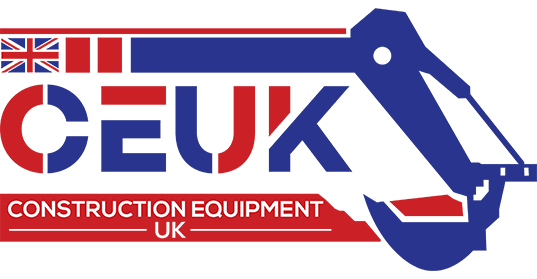Ways to Maintain Rubber Tracks and Extend Their Lifespan
When it comes to managing a construction business, you want to guarantee the heavy equipment you provide for your clients work in excellent condition at all times. One way to maximise the life of your machinery is to consider utilising rubber tracks rather than steel tracks.

What’s great about rubber tracks is they have fewer chances of creating damage on ground surfaces due to how they’re built, which leads to fewer hindrances to a project’s completion. With rubber tracks, you can look forward to a more silent operation that involves reduced vibrations, making rides more pleasant for your team that’s in charge of wielding them.
Since the tracks won’t develop rust, plenty of companies prefer rubber tracks due to their long-lasting benefits. However, you must ensure to watch over them to continue making the most out of your equipment. Keep reading below to find out how to protect your machinery through proper maintenance, allowing you to meet your clients’ needs over the years to come.
Tips to Prolong the Life Cycle of Rubber Tracks
Maintaining Your Heavy Equipment
You should initiate regular inspections for your construction machinery, especially before and after using them. Doing so lets you take a closer look at the rubber tracks to discover if there’s damage or misalignment involved, leading you to prevent the situation from getting worse.
During your pre-operation and post-operation checkup, make sure you look through your heavy machinery from top to bottom, inside and out. Monitor the lugs to see if the bogies are worn and any cables are jutting out, which shouldn’t be the case.
If you’re unsure about what you’re doing, you can always refer to your new or used equipment’s operating manual. From there, you can learn how wide the space between the guide lugs and the mid roller should be to make the adjustments as needed.
The manual will also show you the correct track tension to prevent your machine from experiencing wear and tear or unwanted misalignment. Depending on what kind of construction equipment you have, they will need varying amounts of sag in the track.
Cleaning Your Heavy Equipment
As far as cleaning your equipment goes, you should make an effort to care for your rubber tracks daily and prevent dirt, debris, and other particles from building up in your track rails. When that happens, they could increase the pressure on the tracks and undercarriage, resulting in a harder time operating your machine.
A great solution to eliminating the buildup is using a shovel to scrape off the accumulation or employing a pressure washer to make the cleaning process more manageable. For your machine’s drive hub holes, it’s better to use a screwdriver to remove the dirt coming from asphalt and other debris to prevent them from wearing out and displacing a track’s lugs.
Regardless if you must use your brand new or second-hand construction equipment the whole day, during breaks, you should observe the drive rollers and bogie wheels and clean them out. Meanwhile, you should wash the sprocket rollers every two days or even less when you’re operating your machinery over sand or other kinds of rough surfaces.
Conclusion
If you wish to extend the duration of your heavy equipment, you must strive to take good care of them so that your company can continue using them, keeping your clients happy and satisfied. Remember the tips on maintaining and cleaning your construction equipment above to ensure you can look forward to utilising your machinery for a long time.
Are you looking to purchase used construction equipment for sale in the UK for your construction firm? Construction Equipment UK offers new and used construction equipment, including rigid and articulated dump trucks and much more. Browse through our catalogue to discover what we have in store for you!

